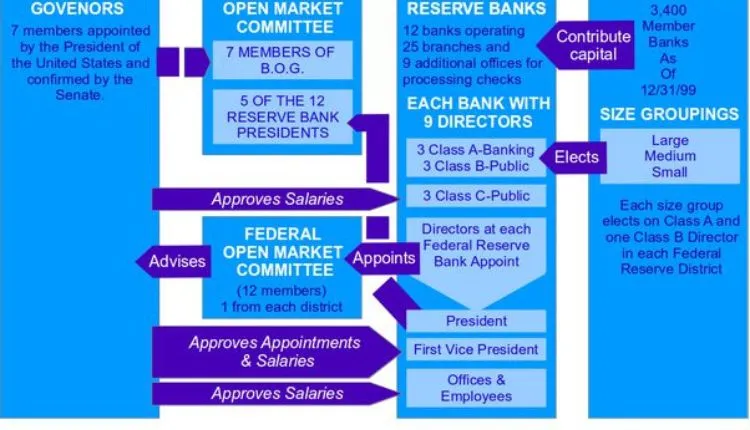Introduction:
The 10-year Treasury yield is a key indicator of the health and stability of the financial market. It serves as a benchmark for interest rates on a variety of financial instruments, including mortgages, corporate bonds, and other loans. Investors, economists, and policymakers closely monitor the movements of the 10-year Treasury yield as it provides insights into market sentiment, inflation expectations, and economic growth prospects. This article aims to explain the significance of the 10-year Treasury yield, analyze its implications for various stakeholders, and address some frequently asked questions regarding its behavior.
- What is the 10-Year Treasury Yield? The 10-year Treasury yield refers to the interest rate paid on the U.S. government’s 10-year Treasury note. It represents the return an investor would receive by holding the bond until maturity. The yield is determined by the market through the buying and selling of Treasury notes, reflecting the supply and demand dynamics. As an essential barometer of the economy, fluctuations in the 10-year Treasury yield have far-reaching effects on borrowing costs, investments, and economic growth.
II. Factors Influencing the 10-Year Treasury Yield:
- Monetary Policy: The Federal Reserve plays a crucial role in influencing the 10-year Treasury yield through its monetary policy decisions. By adjusting the federal funds rate and implementing quantitative easing programs, the Fed aims to stabilize the economy, manage inflation, and stimulate growth. Changes in these policies can have a direct impact on the 10-year Treasury yield.
- Inflation Expectations: Inflation erodes the purchasing power of fixed-income investments such as bonds. Therefore, when inflation expectations rise, investors demand higher yields to compensate for the loss in real value. Consequently, an increase in inflation expectations typically leads to an upward pressure on the 10-year Treasury yield.
- Economic Outlook: The 10-year Treasury yield is also influenced by the overall health of the economy. If economic indicators point to robust growth, investors may anticipate higher future interest rates and demand higher yields on Treasury notes. Conversely, during periods of economic uncertainty or recession, investors seek the safety of government bonds, driving down yields.
III. Implications of the 10-Year Treasury Yield:
- Borrowing Costs: The 10-year Treasury yield serves as a benchmark for various lending rates, such as mortgage rates. As the yield rises, borrowing costs for consumers and businesses increase, potentially dampening demand for loans and affecting the housing market and overall economic activity.
- Investment Decisions: The 10-year Treasury yield is closely monitored by investors to assess the attractiveness of different investment opportunities. When the yield is high, fixed-income investments become more appealing relative to riskier assets like stocks. Therefore, a rising 10-year Treasury yield can lead to a reallocation of investments, potentially impacting stock prices and equity markets.
- Monetary Policy Implications: Central banks, including the Federal Reserve, pay close attention to the 10-year Treasury yield when formulating monetary policy. Changes in the yield can influence the cost of borrowing for businesses, affect consumer spending patterns, and impact inflation dynamics. Accordingly, the 10-year Treasury yield plays a significant role in shaping interest rate decisions and broader economic policies.
Conclusion:
The 10-year Treasury yield is a vital indicator that influences borrowing costs, investment decisions, and monetary policy. Understanding the factors that drive its movements and its implications for various stakeholders is crucial for investors, policymakers, and individuals alike. By closely monitoring the 10-year Treasury yield, one can gain valuable insights into market sentiment, inflation expectations, and economic growth prospects.
FAQs:
Q1: How does the 10-year Treasury yield affect mortgage rates? A1: The 10-year Treasury yield serves as a benchmark for

